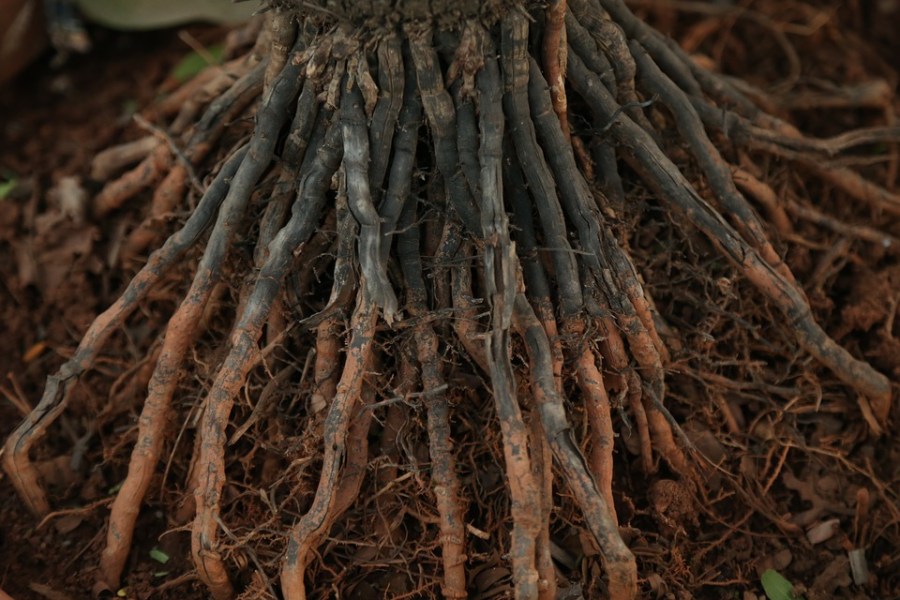How to Draw Crops Easy How to Draw Plants Easy

Gardening can be extremely enjoyable for people of all ages and different walks of life. It is amazing for curious children and adults alike to watch seeds in their garden grow and then nurture them into something much larger than the tiny original seedlings. There are many plants that take very little maintenance while others need the utmost attention. All plants though will have a much better chance of surviving and thriving if transplanted correctly into the right soil with appropriate pruning, if necessary.
Soil
Rather than just putting any old soil on top of your plants, consider getting soil blends that offer both macro and micronutrients for your garden. It will help provide higher quality and a better yield production from your plant. Better yet, if you create a lot of compost in your home and have a small garden, adding two to three inches of organic matter on top will make your plants extremely happy. If you do not produce enough organic matter in the home and/or it isn't in your budget to purchase it, it is possible to find free topsoil advertisements in the local paper. Make sure to look into what type of soil is best for your specific plants, what type of climate is ideal and how often it needs to be watered.
If you are planting from seed and later transplanting them into your garden, there are a few things that should be done in preparation. First, make sure the soil you have chosen in the bed is loosened at least a shovel length deep and a good amount of organic matter is thoroughly mixed in. Next, check the moisture level and determine if it is too dry or wet and adjust accordingly. Take the appropriate measures in preventing future weed growth which will give the transplants a good healthy chance of surviving. Once they are ready to be transplanted, dig a planting hole that is only a little larger than the root ball and roughly the same depth. Carefully place it into the hole and gently press the soil around it to help ensure there is a strong contact between the soil and the roots and don't forget to water it.
Cuttings
Cuttings are also a popular alternative if you don't have the time to plant your favorite seed from scratch. There are numerous plants that will root easily from cuttings if done correctly and with proper care. If you are wondering how to root fig tree cuttings, for example, try and take the six to eight-inch cutting from a stem that is strong rather than a green stem which is more likely to rot. Ideally, take the cutting when the plant is dormant and put in a plastic pot that is filled with moistened soil. Cuttings, in general, should be anywhere from three to six inches long and made with a sharp cut as it is easier for shoots to develop into new roots if they are cut cleanly rather than mashed. Some choose to dip it into rooting hormone before putting it in the pot. Have patience with these cuttings as they may take a month or two before they take root.
Pruning
Some plants, such as rose bushes, will need to be pruned regularly. This is done to both remove dead, diseased or damaged stems and prevent attracting insects or diseases from developing. The majority of plants will often be pruned right before it breaks dormancy and after the final frost in the spring, but there are some that may need to be pruned continuously throughout the year. Cutting roses back are done differently depending on what look you are aiming for. Light pruning involves thinning out less than a third of the plant which increases the number of short-stemmed flowers that appear. Moderate pruning involves five to twelve canes being cut 18-24 inches making for a larger bush and severe pruning leaves only three to four canes that are six to ten inches high and result in the fewest but largest blooms.
Basic Gardening Principles
If you are new to gardening, all of these tips may be overwhelming, but as long as you know these basic gardening principles, you will be fine. First, once you have decided on what plants fit the look you are hoping for, the climate you live in and the amount of maintenance you will have time for, it is important to make sure you are starting with the healthiest version of that plant meaning it should be insect and disease free. Once it is rooted in the healthy soil, make sure it is watered on a regular basis. After it is established, the rainfall should suffice, depending on the climate, but may need your assistance if you are going through a dry spell. Finally, layer in mulch right after pruning. This will help with conserving the moisture in the soil and blocking the harsh sunlight from the beds. The lack of light will reduce the chances of weed seeds from germinating, giving your plants a better chance of survival and a lot less work for you.
Source: https://www.life123.com/article/top-gardening-tips?utm_content=params%3Ao%3D740009%26ad%3DdirN%26qo%3DserpIndex&ueid=63bb7969-df63-4d99-bbeb-ece13f0a92b6
0 Response to "How to Draw Crops Easy How to Draw Plants Easy"
Post a Comment